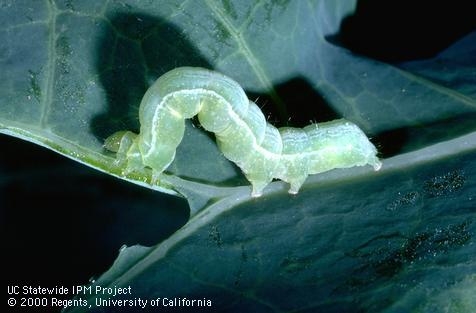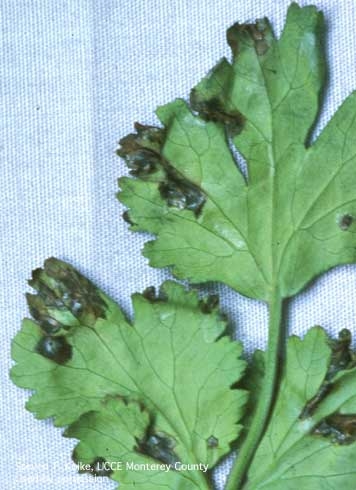Whether or not your favorite team is playing in Sunday's big game, the Super Bowl is often a great excuse to gather with friends and family and enjoy some tasty treats. Maybe your favorite snack involves chips with salsa or guacamole, or perhaps you prefer shrimp with a delicious avocado dip. Whatever your snack of choice, chances are that you might spice it up with a little cilantro or parsley.
Cilantro and parsley growers have something else to be happy about: The UC Statewide IPM Program just released new Pest Management Guidelines for Cilantro and Parsley.
Cilantro and parsley are herbs used both fresh and dry for preparation of many popular dishes in almost all parts of the world including California. Apart from their pleasant flavor, both plants are also known for a number of nutritional and health benefits.
In California, cilantro and parsley are grown commercially on more than 7,000 acres, primarily along the southern and central coast. Cilantro (also known as Chinese or Mexican parsley) and parsley are examples of specialty vegetable crops important in crop rotations and in contributing to California's overall agricultural diversity.
Cabbage looper larvae can contaminate leaves, reducing crop marketability.
Bacterial leaf spot on cilantro can be a serious problem.
Check out the new guidelines and other pest management information on the UC IPM website.


